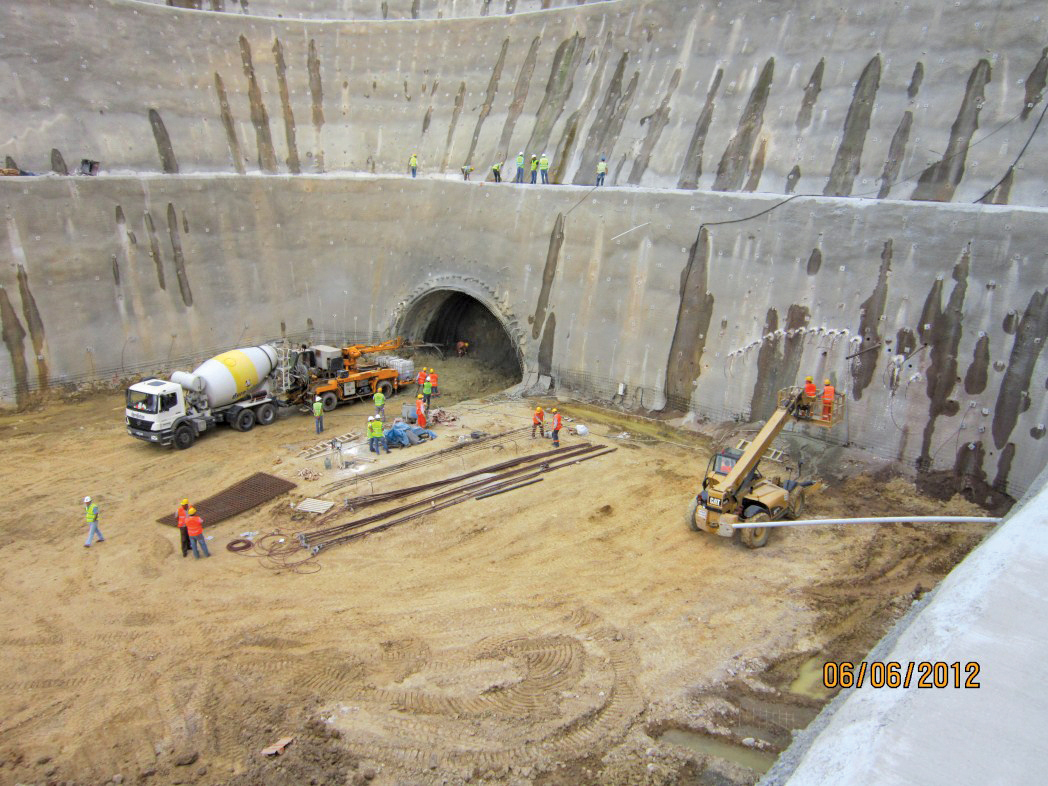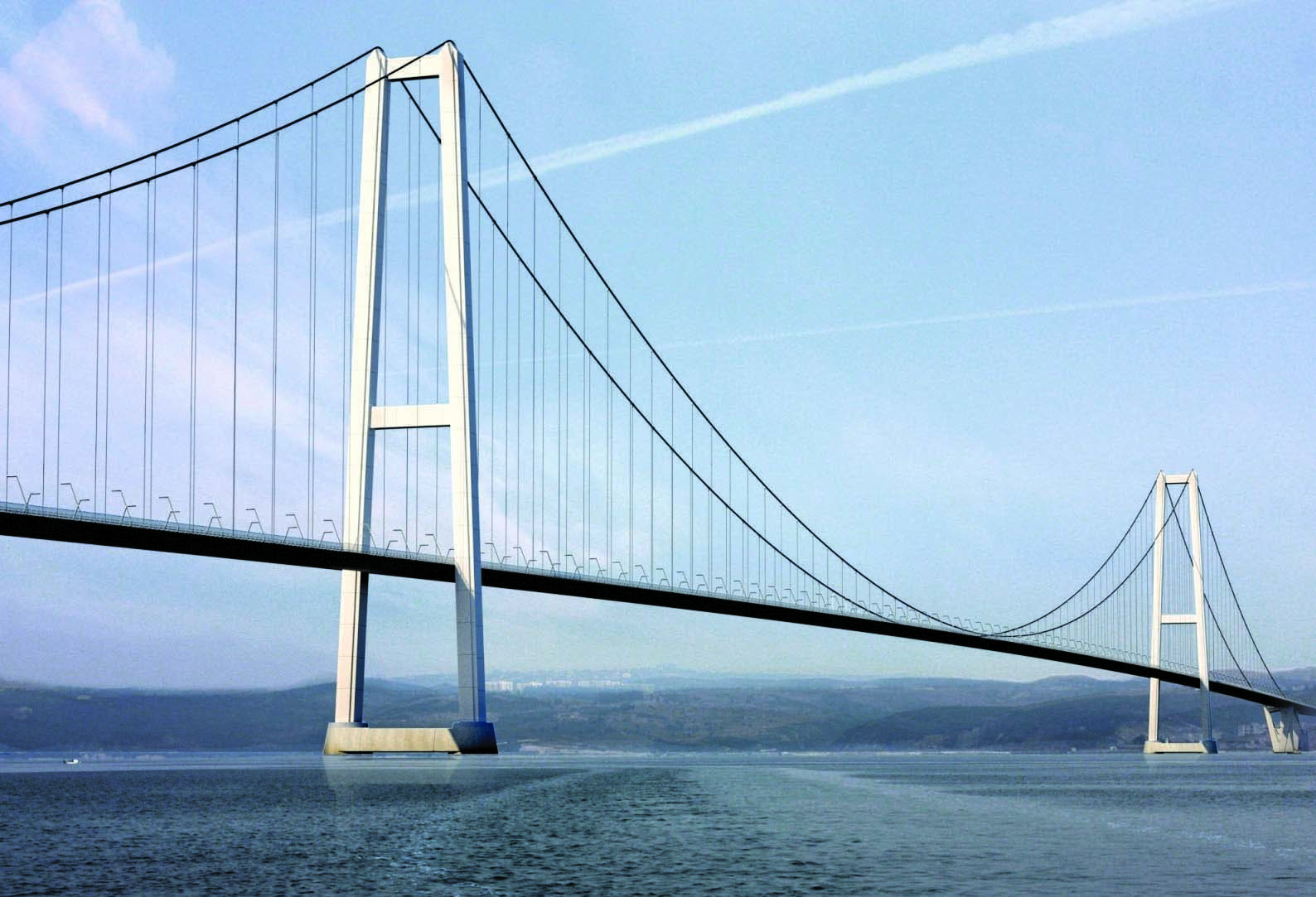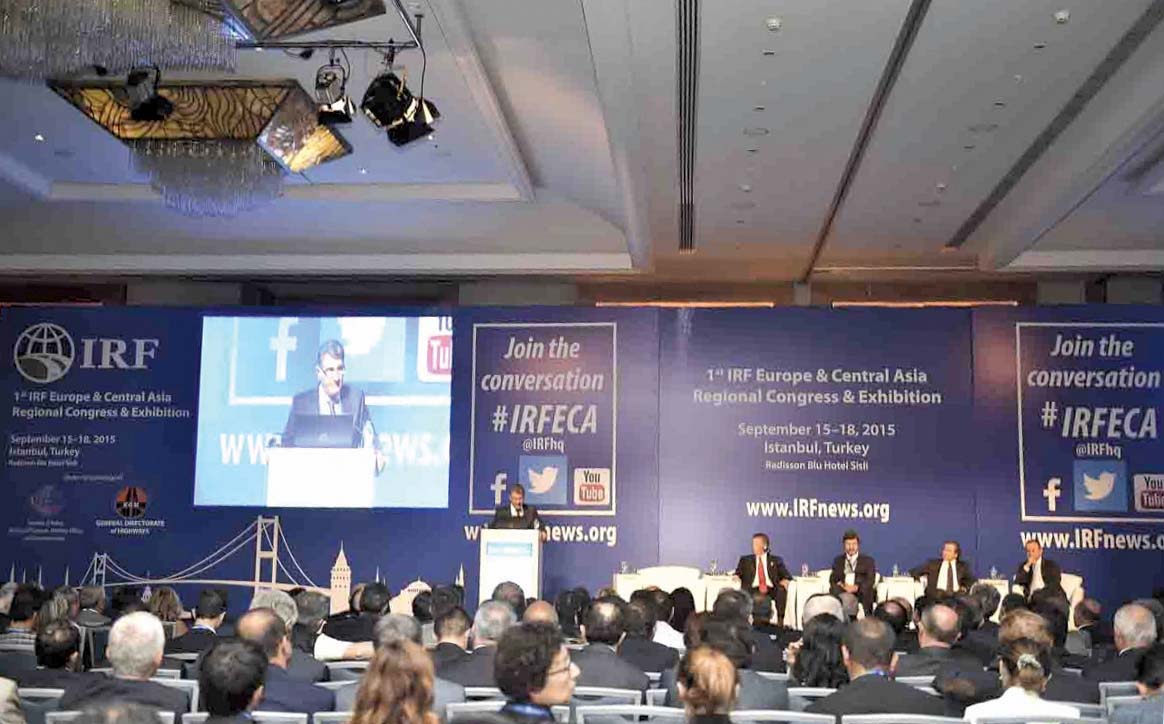Turkey is benefiting from new motorway and bridge projects constructed along the BOT model - Gülay Malkoç. Looking at Turkey’s economic development, road construction plays a crucial role. The investment in Turkey is becoming increasingly attractive for both local and foreign investors. There are significant huge road investments and projects being made in Turkey at present, compared with EU countries where the roads need mostly repair and maintenance. According to the approach of Turkey’s Ministry of Trans

Heavy congestion on the existing crossings over the Istanbul Strait leads to long delays for drivers, which an additional crossing will help address
Turkey is benefiting from new motorway and bridge projects constructed along the BOT model - Gülay Malkoç
Looking at Turkey’s economic development, road construction plays a crucial role. The investment in Turkey is becoming increasingly attractive for both local and foreign investors. There are significant huge road investments and projects being made in Turkey at present, compared withAccording to the approach of Turkey’s Ministry of Transport and Communications, where the General Directorate of Highways (
The country has taken a forward looking approach with regard to investment in its motorway extension programme and Turkey has now commenced using BOT models for several motorway and bridge construction projects. The benefits of attracting private investment mean that this financial model will be used in the future more often under the country’s proven PPP legislation.
Turkey was one of the first countries in the world to have developed its own PPP legislation and private sector involvement was allowed from 1984 following the introduction of a suitable framework. In 1994 came another general law for BOT, for different infrastructure areas such transportation, energy and water supply and treatment. The first implementation of the PPP model in road projects in Turkey came in 2004. The Gocek Tunnel forming part of the road connnecting Antalya with Mula was constructed under a BOT framework based on the country’s new legislation and this link was opened to traffic in 2006.
The construction of the Gocek Tunnel project set a framework for the use of the PPP model in Turkey’s motorway extension programme. The legislation has broadened the market in Turkey for PPP implementation by removing the previous monopoly position of the General Directorate of Turkish Highways for highway construction, maintenance and operation. And with this legal change, 23 motorway service facilities have since been realised under the BOT model.
There are key features of PPP implementation agreement and the Turkish Goverment has the right to assume the financial obligations of the project company, in the event that the implementation agreement is terminated prior to the expiry of the operating term.
The administration supervises the project in both construction and operation periods, while there is a demand guarantee stating that there will be at least a minimum traffic flow. Exemptions from value added tax, stamp duty and fees are included in the arrangement. And the equity part of financing obtained by the project company should be at least 20% of the expected fixed construction cost of the project.
With the BOT model, several new motorways and bridges are now going to be constructed in Turkey and these will make a major impact on the country’s connectivity. In all 28 BOT projects will be implemented with 16 high priority projects being completed by 2023 and the other 12 identified as being of secondary priority to be completed by 2035. In total the extensions to the motorway network will total 9,680km.
Those projects to be complete by 2023 total 5,550km in all and will cost in the region of US$47 billion. Three projects are already ongoing and total 523km, with a further 13 projects to be completed by 2023. Plans are in hand for a further four of the projects and these will cost around $14 billion in all. By the time the first 16 projects are completed in 2023, Turkey’s motorway network will have been extended by 7,500km.
The 12 projects identified as being of secondary priority total 4,130km in all and will be finished by 2035. Combined with the projects completed by 2023, the Turkish motorway network will benefit from a total of 9,680km of new highways.
Work on the Gebze-Orhangazi-zmir motorway, which includes the zmit Bay Crossing and connecting roads, is underway at present. Another of the key priority projects being built is the Northern Marmara Motorway with the Odayeri-Paaköy section under construction and this includes the third suspension bridge. The third of the major priority projects underway is the Sabuncubeli Tunnel project.
Of these three being built, the Gebze-Orhangazi-zmir Motorway is one of the biggest BOT projects in the world and this includes a notable suspension bridge. The zmit Bay Bridge features a long central mid-span of 1,550m. This project consists of 377km of motorway as well as 44km of connecting roads, resulting in a total of 421km. Total investment for the project is about $6.3 billion and the BOT contract was signed on the 27th September 2010. According to the agreement, the contractor will build the project over a period of seven years, and operate the motorway for 15 years and 4 months.
The opening of the motorway will cut journey times significantly as the length of the road between Gebze-zmir will be shortened by 140km. Travel time will be reduced from nine hours at present to just four hours. Both the bridge and the motorway will be tolled, with users being charged $0.05/km for the motorway. The contractor and the Turkish authorities also have further agreements regarding handover payments and loans.
Turkey’s Marmara region is densely populated and economically developed. As a result, the current limits on road capacity have been identified as hindering economic activity resulting in loss of time, work force and income.
The aim of the project is to decrease the traffic congestion occurring at present at two suspension bridges on the Istanbul Strait with the construction of an alternative suspension bridge. This will be located on the north of Istanbul and close to the Black Sea region. The new structure will measure some 1,875m long and will be the third bridge crossing the Straits. It will carry four lanes of traffic in either direction as well as dual rail lines. This bridge is the most prominent part of the whole project and incorporates innovative engineering to cope with some technically challenging issues.
For this project the construction period is two years and six months, while the operation period is seven years, eight months and 20 days. The total investment required is in the order of $2.5 billion. Bridge users will pay a toll of $3/car and the motorway toll for each car will be $0.08/km. The tolls are will be updated every year and increases will be set against the base of the Coefficient of United Nations Statistics Office. For this project also, loan agreements and costs have been agreed between the Turkish Government and the contractor.
The Sabuncubeli Tunnel project is costing some $62 million and will measure 7km long when it is complete. As with the other projects, it faces some technical challenges due to the nature of the geology and involves innovative engineering solutions. It has also been designed to reduce travel times in the area and will provide an economic boost to the region.









